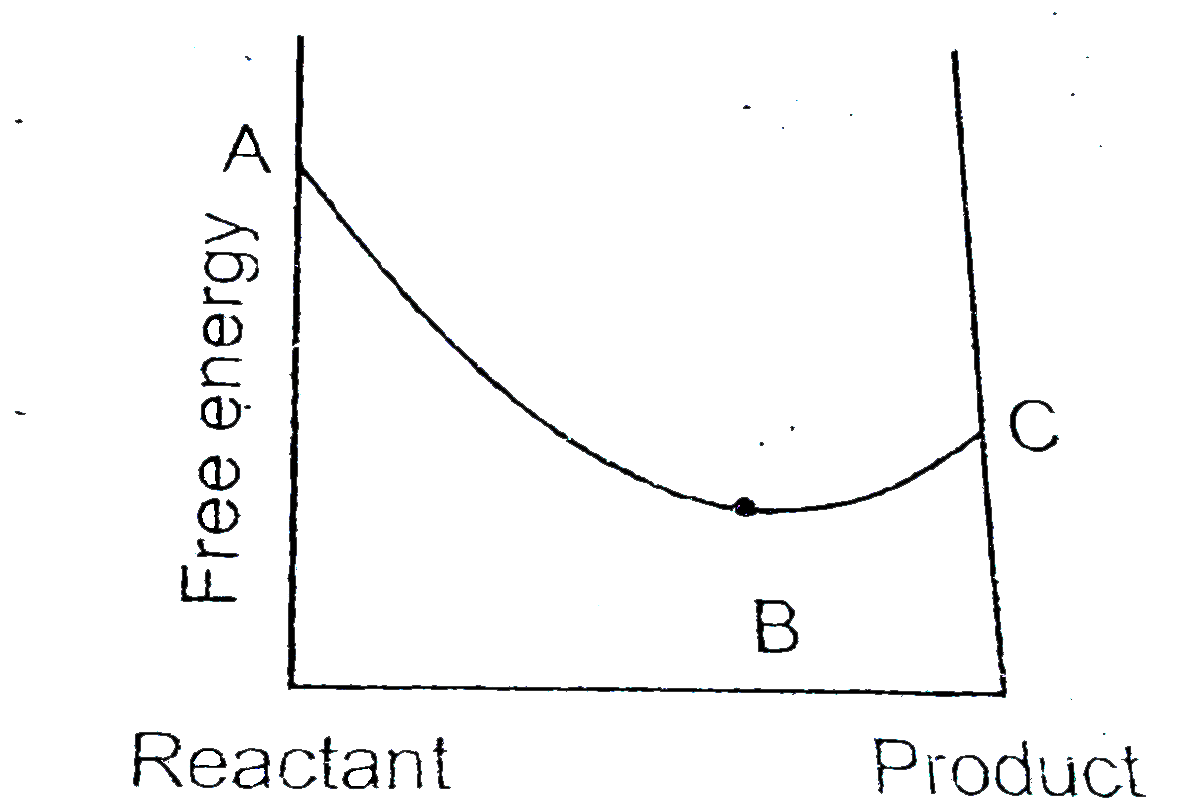Complete Solutions to SECTION-B of chapter THERMODYNAMICS of Class 12 book with complete answers and questions
| Class 12 | CHEMISTRY |
| Chapter | THERMODYNAMICS |
| AAKASH INSTITUTE | SECTION-B |
| Number Of Questions | 20 |
| Academic Year | 2023-24 |
Bond energies of H - H bond is 80 kJ/mol, I - I bond is 100 kJ/mol and for H - I bond is 200 kJ/mol, the enthalpy of the reaction : `H_(2)(g) + I_(2)(g) rarr 2HI(g)` is
View SolutionThe enthalpy of formation of `H_(2)O(l)` is -280.70 kJ/mol and enthalpy of neutralisation of a strong acid and strong base is -56.70 kJ/mol. What is the enthalpy of formation of `OH^(-)` ions?
View SolutionHeat of neutralisation of a strong dibasic acid in dilute solution by NaOH is nearly :
View SolutionThe heat released in neutralisation of HCI and NaOH is 13.7 kcal/mol, the heat released on neutralisation of NaOH with `CH_(3)COOH` is 3.7 kcal/mol. The `Delta H^(@)` of ionsiation of `CH_(3)COOH` is
View SolutionWhich of the following reactions represents the enthalpy of formation of water?
View SolutionThe energy required to break 76 gm gaseous fluorine into free gaseous atom is 180 kcal at `25^(@)`C. The bond energy of F - F bond will be
View SolutionFor the reaction `2HgO(s) rarr 2Hg(l) + O_(2)(g)`
View SolutionThe heat of combustion of yellow phoshphorus and red phosphorus are `-9.91KJmol^(-1)` and `-8.78` KJ/mol respectively. The heat of transition from yellow phosphrous to red phosphorus is
View SolutionIf the entropy of vaporisation of a liquid is 110 `JK^(-1)mol^(-1)` and its enthalpy of vaporisation is 50 kJ `mol^(-1)`. The boiling point of the liquid is
View SolutionWhich of the following represents heat of formation `(Delta H_(f))` ?
View Solution1 mole of an ideal gas is expanded from an initial pressure of 1 bar to final pressure of 0.1 bar at constant temperature of 273 K. Predict which of the following is not true?
View SolutionWhich of the following conditions should be satisfied for the given reaction to be spontaneous at `0^(@)C` and 1 atm ?
`H_(2)O(s) hArr H_(2)O(l)`
View SolutionThe heat of formation of `CO_(2)` is -407 kJ/mol. The energy required for the process `3CO_(2)(g) rarr 3C(g) + 2O_(3)(g)` is
View SolutionThe free energy change due to a reaction is zero when
View SolutionFrom the given graph

Which of the following statement is correct ?
View SolutionThe heat of combustion of sucrose `C_(12) H_(22) O_(11)(s)` at constant volume is -1348.9 kcal `mol^(-1)` at `25^(@)C`, then the heat of reaction at constant pressure, when steam is producced, is
View SolutionFor the reaction, `C_(7)H_(8)(I) + 9O_(2)(g) rarr 7 CO_(2)(g) + 4H_(2)O(I)`, the calculated heat of reaction is 232 kJ `mol^(-1)` and observed heat of reaction is 50.4 kJ `mol^(-1)`, then the resonance energy is
View SolutionGiven that `,`
`A(s) rarr A(l)DeltaH=x`
`A(l) rarr A(g), DeltaH=y`
The heat of sublimation of `A` will be `:`
View Solution`AB,A_(2)` and `B_(2)` are diatomic molecules. If the bond enthalpies of `A_(2), AB` and `B_(2)` are in the ratio `1:1:0.5` and the enthalpy of formation of `AB` from `A_(2)` and `B_(2)` is `-100kJ mol^(-1)` , what is the bond enthalpy of `A_(2)` ?
View SolutionOne mole of a perfect gas expands isothermally to ten times its original volume. The change in entropy is
View Solution
SECTION-B questions and complete solutions for chapter THERMODYNAMICS of AAKASH INSTITUTE ENGLISH of Class 12
All Exercises from AAKASH INSTITUTE Class 12 CHEMISTRY THERMODYNAMICS
- ASSIGNMENT (Section - A) Objective Type Questions
- ASSIGNMENT (Section - B) Objective Type Questions
- ASSIGNMENT (Section - C) Previous Years Questions
- ASSIGNMENT (Section -D) Assertion-Reason Type Questions
- EXAMPLE
- Exercise
- SECTION-A
- SECTION-B
- SECTION-C
- SECTION-D
- SECTION-E
- SECTION-F
- SECTION-G
- SECTION-H
- SECTION-I
- SECTION-J
- TRY YOURSELF